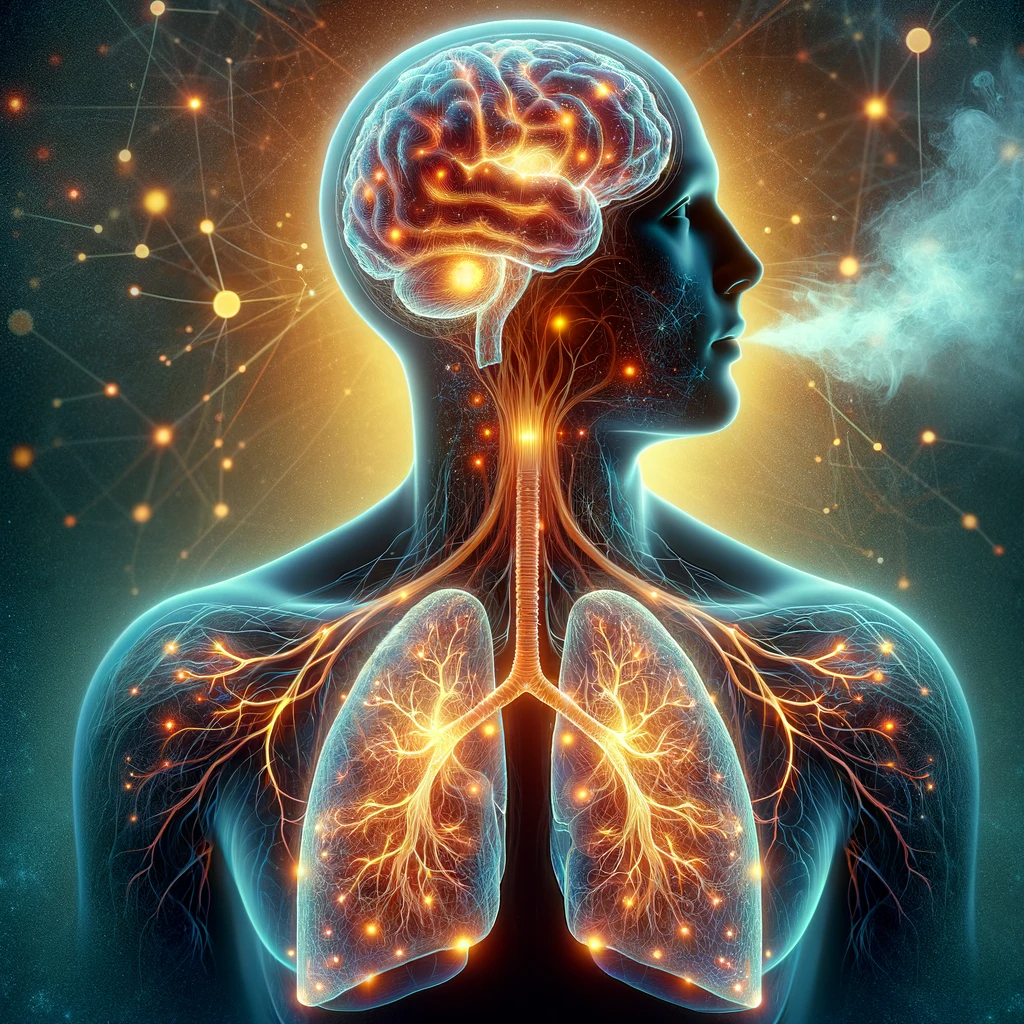The Mind-Body Symphony: Ernest Rossi’s Insights Meet Modern Neuroscience

The Mind-Body Symphony: Ernest Rossi’s Insights Meet Modern Neuroscience
The Dance of pH and Memory: A Symphony of Mind and Body
In the fascinating realm of psychobiology, the work of Ernest Rossi has long stood as a beacon, illuminating the intricate interplay between our mental states and physical well-being. Today, his visionary ideas find a new resonance in cutting-edge research exploring the impact of breathing patterns on memory, mainly through the lens of pH levels as state encoders in our bodies. This intersection offers a compelling narrative on how our most basic physiological processes can profoundly influence our cognitive experiences.
Breathing: The Rhythmic Conductor of Our Inner Orchestra
The simple yet profound act of breathing is at the heart of this exploration. Rossi’s emphasis on the psychobiological connection suggested that our psychological experiences could directly influence physical health. Modern neuroscience builds on this, revealing how we breathe—its rhythm, depth, and regularity—can significantly alter our body’s pH levels. This change is more than just a shift in chemical balance; it’s a powerful conductor directing the neural symphony that underlies memory encoding and recall.
pH: The Unseen Composer of Our Neural Melody
When we experience stress, as in traumatic events, our breathing patterns change, leading to fluctuations in blood pH. These fluctuations are not mere footnotes in our physiological responses; they are critical players in activating neural pathways. Here, the concept of pH as a state encoder comes into play, echoing Rossi’s ideas about the body’s innate wisdom. Acid-sensing ion Channels (ASICs) in the brain respond to these pH changes, altering neural activity and potentially influencing how memories are formed—especially during emotionally charged moments. Research has shown that ASIC1a, a specific subtype of ASICs, is involved in fear memory and related processes (Wemmie, J.A. et al. 2003, Nature Neuroscience). Elevated CO2 and lowered pH are also associated with enhanced fear memory conditioning, with removing the ASIC1a channel preventing the associated fear conditioning(Taugher et al., 2020), giving insight into a primary function.
The Genetic Chorus: Immediate Early Genes (IEGs) in Harmony
Adding depth to this neural melody are Immediate Early Genes (IEGs), rapidly activated in response to neural stimuli. They serve as the genetic chorus, echoing the changes initiated by altered breathing patterns and pH levels. In the context of Rossi’s work, this is where the magic of psychosocial genomics comes alive. Our experiences, as translated through breathing and pH changes, can lead to real-time alterations in gene expression, affecting how memories are encoded in the brain.
Ernest Rossi’s Legacy: A Bridge to New Understandings
Rossi’s pioneering work in understanding the mind-body connection laid the groundwork for these modern discoveries. His belief in the power of the unconscious mind and the body’s natural rhythms finds new evidence of how breathing and pH levels interact with neural and genetic mechanisms. This research validates and expands his insights, offering a more nuanced understanding of how our physical states can shape our mental experiences.
The Future: Breathing as a Therapeutic Key
Looking ahead, the convergence of Rossi’s principles and this new research opens exciting possibilities. Could we, perhaps, learn to modulate our breathing consciously to influence memory processing, especially in the aftermath of trauma? The potential therapeutic applications are vast, offering a beacon of hope and a testament to the enduring relevance of Ernest Rossi’s work in our ongoing quest to understand the mysteries of the human mind and body.
References:
- Rossi, E. (2000). “The Psychobiology of Mind-Body Healing: New Concepts of Therapeutic Hypnosis.” A seminal work exploring the connection between mind, body, and healing.
- Wemmie, J.A., et al. (2003). “Acid-Sensing Ion Channel 1a Is a Bicarbonate Sensor Influencing Fear Conditioning and Memory.” Nature Neuroscience.
- Taugher, R. J., Wunsch, A. M., Wang, G. Z., Chan, A. C., Dlouhy, B. J., & Wemmie, J. A. (2021). Post-acquisition CO2 Inhalation Enhances Fear Memory and Depends on ASIC1A. Frontiers in behavioral neuroscience, 15, 767426.
- Nakamura, N. H., Furue, H., Kobayashi, K., & Oku, Y. (2023). “Respiration modulates Respiration modulates Hippocampal Ensemble Dynamics and Memory Performance During Encoding.” Nature Communications, 14(1), 4391.
In conclusion, the symphony of mind and body, conducted by breathing and orchestrated by pH levels, is a powerful testament to the interconnectedness of our physical and mental states. Ernest Rossi’s visionary work continues to resonate, echoing through the halls of modern neuroscience, reminding us of the profound impact our biological rhythms have on our psychological experiences.




